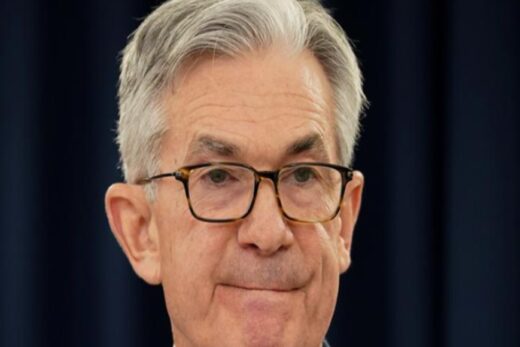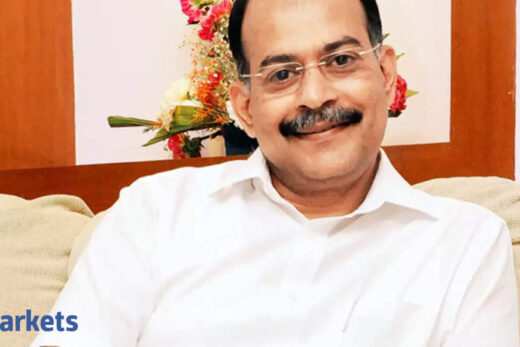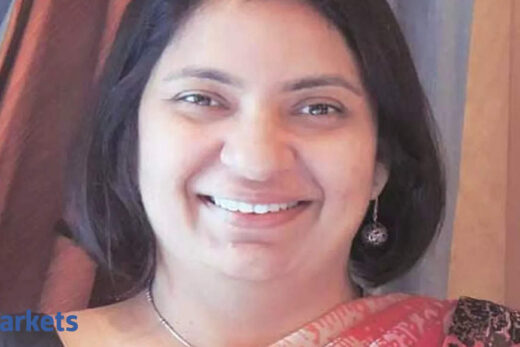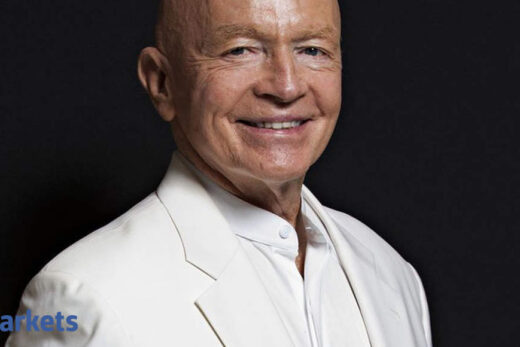Where is the Indian economy headed vis-a-vis the global economy, given that we are in a strong growth patch? Why would you bet more strongly on India versus the rest of the world?
India’s GDP growth will accelerate to 7% over the next four years. The debate was whether the initial V-shaped recovery that we have been talking about globally as well as in India has come through. Is this recovery just the pent up demand or it is going to be sustained and that is why we are arguing that it will be sustained and we will see 7% growth over the next four years.
In contrast with the rest of the world, there are issues related to income inequality that has been catching the attention of policy makers and they are having to respond so we are seeing policy actions being taken in the US as well as in China where they are taking measures to compress the corporate profit to GDP over the medium term whereas in India because the government still has to ensure that there is enough job creation and the investment to GDP needs to go up, the government is trying to take measures which is incentivising corporate profit to GDP to rise and therefore it is a different backdrop that India is in right now relative to rest of the world.
How do you see the fabric of the global economy changing with what China is trying to do? China is consciously trying to slow down their economy. If the changes which the Chinese government is doing are far reaching and impactful, how will that change the equilibrium?
When you are thinking about the external environment for India, what you have to remember is that in this cycle, the US has taken the role that China took post 2008 and when we compare the debt to GDP delta, which should be measuring the aggregate fiscal and monetary stimulus impact on the economy, we are seeing a bigger rise in debt to GDP in the US in 2021 and 2022 compared to what China is going to take up.
The first is that it is an important point and it is not just the US but even the Euro area and other big parts of the world are seeing a very different recovery in this cycle. If we take the global picture in aggregate, we are going to have a pretty strong export trend for India and for the rest of the region. One other thing which has changed in this cycle is that Covid has triggered greater focus on outsourcing and so India’s software services exports has also got a boost much similar to what we got after Y2K in the 2000s.
When both these points are taken together, we are still quite confident that India’s exports will be relatively strong in this cycle versus what we have seen post 2008. Just to give you the backdrop of global trade numbers where 6% on an average in 2000s and post 2008 almost over a nine year period global trade average was just 1.2% whereas right now it is expected to be in the range of 5-5.5% over the next two years. That will be a very different external demand backdrop for India.
If you are seeing India entering a new virtuous cycle when it comes to capex, when are you expecting a new profit cycle in India? In a recent note you talked about the disappointment over the last 10 years, but how does India stand out now?
At this point of time, investors are paying attention to India as you can see from the way the capital markets are but we still think that there is scepticism about sustainability of India’s growth story and that is the reason why we put this note out and we are taking the other side of that debate that India will actually deliver. So there is an active debate going on amongst investors about sustainability of this recovery which India has seen already.
What are your expectations from the new profit cycle in India?
Effectively what will happen is that with the recovery in external demand, initially operating leverage will benefit the corporate sector and boost their profitability. But as capacity utilisation improves, they take out investment growth and that will be the next leg of the corporate profit to GDP improvement with capex helping, also improved productivity growth and that is essentially going to lead to us to an environment where GDP growth will be averaging around 7% over the next four years. These would not be exactly the same numbers that we saw during 2003 to 2007 but the overall direction and the dynamic in the economy will be similar to what you saw in 2003-2007 for India.
You were talking about how the policies of this government stand out unlike the matured economies because we are consciously trying to raise income. One of the mega trends that has been talked about is the comeback of the manufacturing sector. How is this a part of the new virtuous cycle? Have you started seeing that and have investors started to recognise that?
We are seeing early signs of it in terms of manufacturing investment coming in from the foreign side and FDI in India has been relatively strong. But to see a major shift where India becomes a more active manufacturing base is yet to happen. But we would see that trend evolve over the next two-three years. Remember that domestic demand in India has also been weak for all these long number of years as domestic demand picks up and the domestic opportunity also becomes more attractive, we will see a pickup in manufacturing investment from the multinationals and the domestic corporate sector will also be more confident about investing. We see sustained increase in sales growth for them with GDP growth remaining high in 7% range.
Your recent note comes at a time when inflation globally is high and interest rates going up is a matter of when and not if any more. This is a time when cheap capital actually runs away. Isn’t that going to be a challenge for developing markets like India?
So if you are trying to compare this situation with 2013, there is a lot that is different in this cycle. Firstly, the Fed itself is tightening at a much later stage or rather withdrawing accommodation at a much later stage of the business cycle. The US unemployment rate is much lower right now versus what it was during 2013. So the strength of the US economy is in a very different position when the Fed is deciding to take the decision to taper its purchases.
More importantly. emerging markets including India have a very different macro stability position. India’s inflation has been well behaved. During the last quarter of 2012, India was running a current account deficit of over 6%. Right now, we have a current account balance on a four quarter trailing basis running around surplus. So, we have a very different macro stability dynamic that is in place.We we do not think that the tapering decision taken by the US Fed is going to have significant impact on India or emerging markets and when the Fed does decide to take up rate hikes and the Fed futures are currently pricing in that by December 2023 US policy rates would be in the range of 1.4% even when it is at 1.4% underlying inflation will be around 2%. You are talking about Fed still operating with negative real interest rates so we think that as long as the Fed decision to take up rate hikes is done in a gradual manner and not in a disruptive manner India should be able to manage in this environment. Again I would like to draw the comparison with 2003 to 2007 when the Fed was constantly hiking and you still had India’s growth story well maintained we did not have a challenge when the Fed was tightening and this cycle is in that sense very similar to 2003 to 2007 because what is different is you have a very different external demand backdrop. So as long as exports are doing well, one can take it for granted that the current account balance will be well behaved and therefore we would not have too much pressure when the Fed starts to taper.
Given that the RBI Governor Shaktikanta Das has now got an extension of another three years, do you think the Indian central bank will retain an accommodative stance? Will it continue to be a growth propeller or will it turn into an inflation warrior? When will India start moving on rates?
The central bank will begin to hint that they are withdrawing accommodation. They have already taken one decision to make the adjustment to the asset purchase programme but we are expecting that the RBI will probably hike reverse repo rate in December and hike the repo rate in February 2022. So we are expecting RBI to begin to move in that direction because currently, the effective policy rate is in the range of around 3% and inflation is at around 5%. We have 200 bps negative real interest rates and that was needed to get the economy back up on a good path. But now we have enough evidence that the economic recovery is strong and therefore we think that the RBI will begin to move in the other direction and withdraw accommodation and so we are also expecting them to take a policy rates up by about 150 bps in 2022 which is somewhat higher than what the consensus is thinking right now.
But our approach on this is that even with the 150 bps rate hike that RBI takes up in 2022, we would just still be barely getting to zero real rates. So that is a path on RBI’s actions that we are expecting and as long as this is done in a gradual manner, India or the economy will be able to take these weight increases that we are forecasting.



